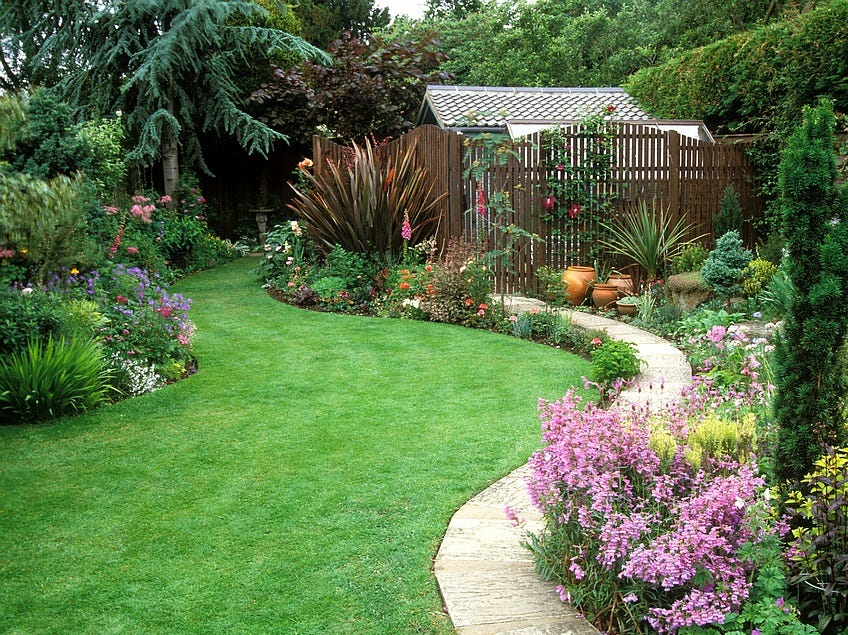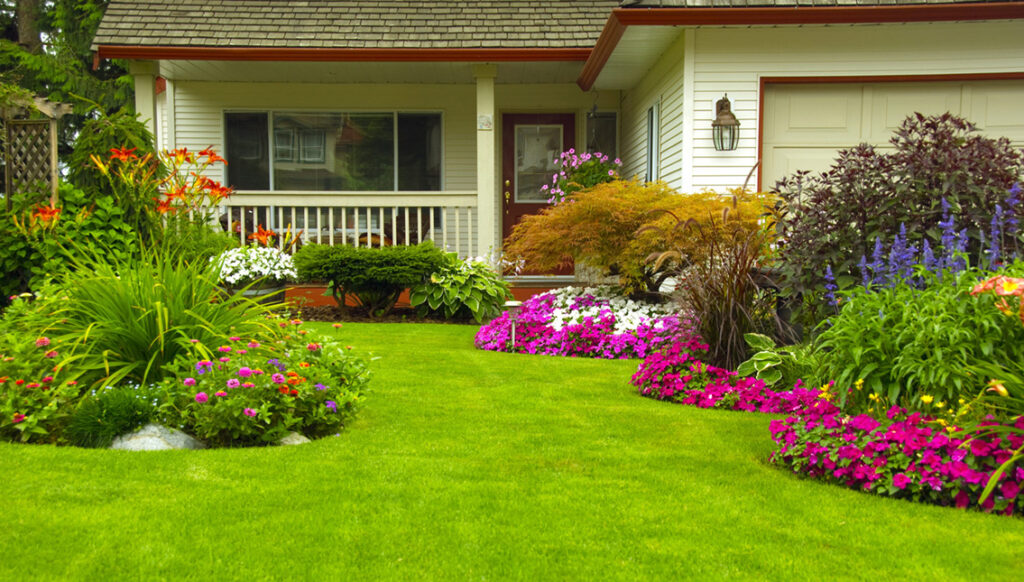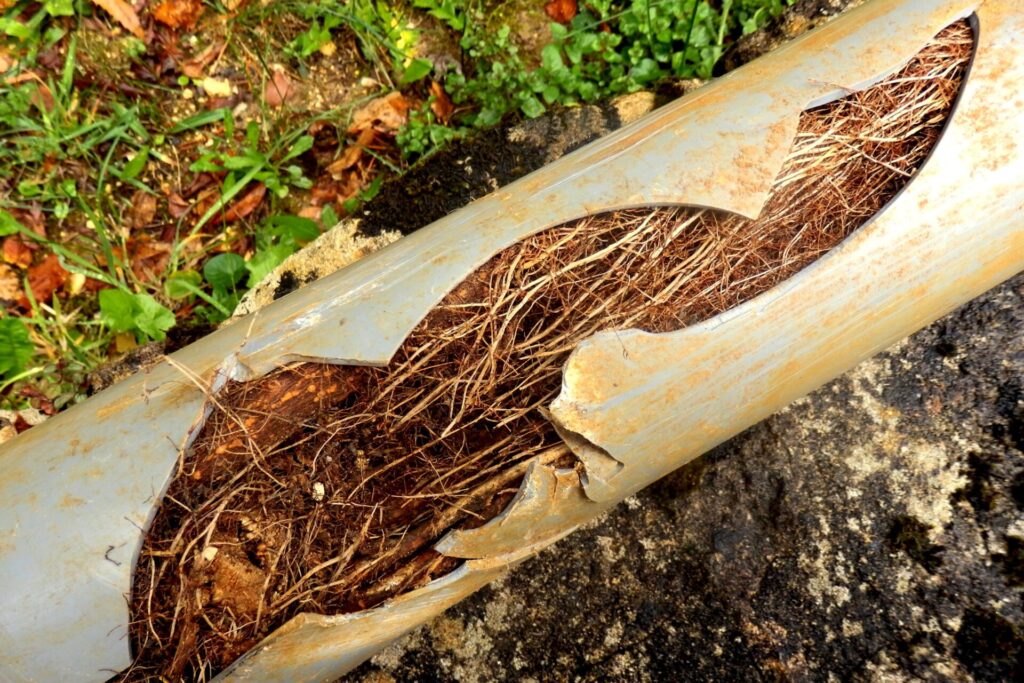Tree roots can be both a blessing and a curse for your lawn. While trees provide beauty and shade, their roots can sometimes cause damage to your lawn, hardscapes, and even your home’s foundation. If you’re dealing with tree root damage in your yard, don’t worry! In this guide, we’ll walk you through effective methods to prevent and fix tree root damage in your lawn, so you can enjoy a beautiful, healthy outdoor space.


Understanding Tree Root Damage
Before diving into prevention and repair techniques, it’s essential to understand what tree root damage is and how it affects your lawn. Tree roots grow in search of water and nutrients, often spreading outwards far beyond the tree’s trunk. As they grow, roots can damage the soil structure, interfere with lawn growth, and even disrupt nearby structures.
Here are some signs of tree root damage in your lawn:
Uneven ground: Tree roots pushing up through the soil can create bumps and ridges.
Bare patches in the lawn: Roots absorb moisture and nutrients, leaving your grass deprived and causing brown spots.
Sidewalk and driveway cracks: Invasive roots can lift or crack hardscapes like sidewalks and driveways.
Tree instability: Excessive root growth can destabilize a tree, leading to potential fall hazards.
Preventing Tree Root Damage in Your Lawn
Preventing tree root damage in your lawn involves strategic planning and proper care. Here are five effective ways to minimize the risk of root damage:
1. Choose the Right Tree for Your Lawn
One of the best ways to prevent root damage is to start with the right tree. Certain trees, such as large oaks or maples, have aggressive root systems that can spread far and wide. Choose trees with smaller root systems if you have a small lawn or want to minimize potential damage.
2. Plant Trees Away from High-Risk Areas
When planting a tree, be mindful of where you place it. Avoid planting trees near sidewalks, driveways, or underground utilities. The closer a tree is to these structures, the higher the likelihood of root damage. Aim to plant trees at least 10-15 feet away from hardscapes or your home’s foundation.
3. Use Root Barriers
Root barriers are a preventive solution to control tree root growth. These physical barriers, made of plastic or metal, are installed underground around the root zone of the tree. They direct roots downward, preventing them from spreading horizontally and damaging your lawn or hardscapes.
4. Maintain Proper Watering Practices
Over-watering can encourage shallow root growth, leading to more damage. On the other hand, under-watering can make tree roots search aggressively for water, resulting in damage. Maintain a balanced watering schedule to promote deep, healthy root growth.
5. Regular Pruning
Regularly prune trees to manage their size and growth. Keeping your trees properly trimmed ensures that the roots won’t have to support an overly large canopy, reducing the strain on the soil and preventing excessive root growth that could damage your lawn.
How to Fix Tree Root Damage in Your Lawn
Even with preventive measures, tree root damage can still occur. If you’re dealing with an existing root problem, don’t worry – here are some ways to fix and repair tree root damage in your lawn:
1. Aerate Your Lawn
Aerating your lawn is one of the best ways to relieve the pressure caused by tree roots. Lawn aeration involves creating small holes in the soil, allowing air, water, and nutrients to reach the grass roots more effectively. This will help promote new grass growth and reduce the impact of root damage.
2. Regrade the Lawn
If tree roots have caused significant unevenness in your lawn, you may need to regrade the area. Regrading involves leveling the ground to create a more even surface. This process can be done by adding fresh soil and compacting it to restore the proper ground level.
3. Replace Damaged Grass
Tree roots often compete with grass for nutrients, leading to bare spots and thinning turf. If you notice areas where grass has died off due to root damage, it’s time to reseed those spots. Choose grass seed that’s appropriate for your soil type and climate to ensure successful regrowth.
4. Remove or Relocate the Tree
In extreme cases, if the tree is causing significant damage to your lawn or nearby structures, you may need to consider removing the tree or relocating it. Tree removal is a drastic measure, so consult with an arborist to determine if this is the best option for your property.
5. Install Root-Blocking Systems
If regrading or root removal isn’t an option, consider installing a root-blocking system. These systems, similar to root barriers, are designed to prevent roots from spreading further and causing damage. These systems are typically installed by professionals to ensure effective root control.
Conclusion
Preventing and fixing tree root damage in your lawn requires a combination of planning, maintenance, and occasional intervention. By selecting the right tree, planting it in a proper location, and using techniques like root barriers and regular pruning, you can avoid most root-related problems. However, if damage has already occurred, steps like aerating, regrading, and replacing grass can help restore your lawn to its former beauty.
Remember, the key to managing tree root damage is proactive care. By understanding the growth patterns of trees and taking preventative steps early on, you can protect your lawn and enjoy the beauty of your trees without compromising your landscape.



